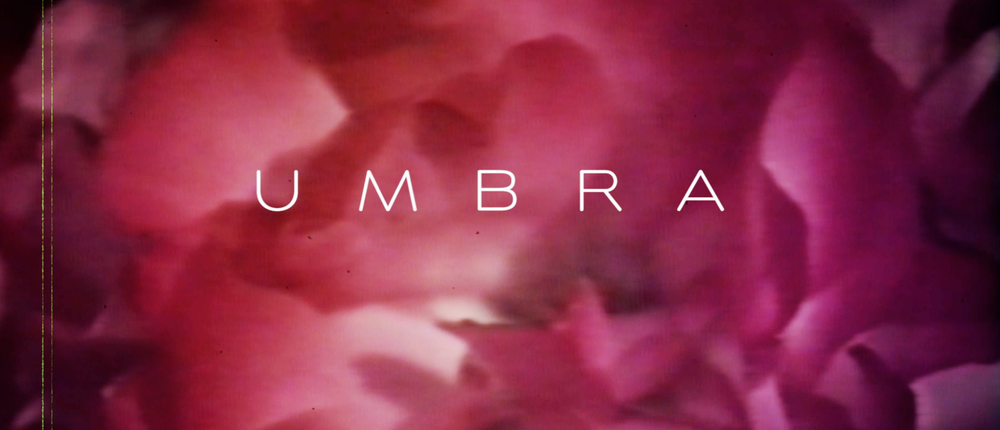SLASH 'N' GRAB: IF HORROR FILMS WON OSCARS...
 Tuesday, January 26, 2016 at 12:57PM
Tuesday, January 26, 2016 at 12:57PM With the film world barking about lack of diversity come awards season, SCREEN-SPACE thought it was time redress another imbalance that has sullied AMPAS since the Academy Awards came into being. Horror films rarely get a look in; some breakout hits force their way into contention (The Exorcist; Jaws; The Sixth Sense), but the legacy of their B-movie origins and often challenging content usually relegates the blood-soaked monster/slasher/supernatural pics of international cinema to the critical fringe.

So below are a handful of horror cinema’s greatest artisans, dating back as far 1922, who should have been in the mix when Oscars trophies were bestowed*. With respect to The Academy voters, some included here were recognised (Ruth Gordon’s Supporting Actress win for Rosemary’s Baby), but most were glaring omissions. We can’t mention all deserved contenders (sorry devotees of the Friday the 13th franchise), so please join our celebration by weighing in with your favourite Oscar no-shows from the world of horror…
BEST ACTRESS IN A SUPPORTING ROLE
WINNER: Piper Laurie in Carrie
Nominees: Vanessa Redgrave in The Devils; Lee Remick in The Omen; Eihi Shiina in Audition; Beatrice Dalle in Inside.
In contention: Veronica Cartwright in Invasion of The Body Snatchers (also The Witches of Eastwick, The Birds and Alien); Barbara Crampton in From Beyond (also Re-Animator); Heather Donahue in The Blair Witch Project; Natasha Henstridge in Species; Desiree Gould for Sleepaway Camp; Beatrice Manowski for Nekromantik; Samantha Eggar in The Brood; Ruth Gordon in Rosemary’s Baby.
BEST ACTRESS
WINNER: Jobeth Williams in Poltergeist
Nominees: Dee Wallace in Cujo (also The Howling); Sigourney Weaver in Alien; Deborah Kerr in The Innocents; Isabelle Adjani in Possession.
In contention: Mia Farrow in Rosemary’s Baby; Cecile de France in Haute Tension; Candace Hilligoss in Carnival of Souls; Nicole Kidman in The Others; Elsa Lanchester in The Bride of Frankenstein; Essie Davis in The Babadook; Sissy Spacek in Carrie; Jamie Lee Curtis in Halloween.
BEST ACTOR IN A SUPPORTING ROLE
WINNER: Robert Shaw in Jaws
Nominees: Robert Englund in A Nightmare on Elm Street; Doug Jones in Pan’s Labyrinth; Bela Lugosi in The Black Cat; Griffin Dunne in An American Werewolf in London.
In contention: Max Von Sydow in The Exorcist (also Hour of The Wolf); Gunnar Hansen in The Texas Chainsaw Massacre; Tom Towles in Henry: Portrait of A Serial Killer; Bill Paxton for Near Dark; Mantan Moreland in Lucky Ghost; Doug Bradley in Hellraiser; Keith David in The Thing (and They Live); Rutger Hauer in The Hitcher.
BEST ACTOR
WINNER: Jeff Goldblum in The Fly
Nominees: Duane Jones in Night of The Living Dead; Christopher Lee in Dracula; Bruce Campbell in Evil Dead 2; Anthony Perkins in Psycho.
In contention: Vincent Price in House of Wax (also Masque of The Red Death and Witchfinder General); Kevin McCarthy in Invasion of The Body Snatchers.; Jack Nance in Eraserhead; Joe Spinelli for Maniac!; Tony Todd in Candyman; Christopher Walken in The Dead Zone; Sam Neill in In The Mouth of Madness (also Possession and Event Horizon); Jeffery Coombs in Re-Animator.
BEST DIRECTOR
WINNER: Jacques Tourneur for Cat People (also The Leopard Man, I Walked With a Zombie and Night of The Demon)
Nominees: David Cronenberg for The Fly; Dario Argento for Suspiria; William Friedkin for The Exorcist; Michael Powell for Peeping Tom.
In contention: Joe Dante for The Howling; Wes Craven for A Nightmare on Elm Street (also Last House on The Left, Scream and The Hills Have Eyes); Pascal Laugier for Martyrs; Adrian Lyne for Jacob’s Ladder; Larry Cohen for God Told Me To; Guillermo Del Toro for Pan’s Labyrinth; David Robert Mitchell for It Follows; Ti West for House of The Devil (and The Innkeepers); Roman Polanski for The Tenant (and Rosemary’s Baby); Mario Bava for Kill, Baby…Kill!; Jonathon Glazer for Under The Skin; Hideo Nakata for The Ring (Ringu); Steven Spielberg for Jaws; James Whale for Frankenstein; Robert Wise for The Haunting.
BEST FILM
WINNER: Martyrs
Nominees: The Exorcist; Dead of Night (1945); Poltergeist; Let The Right One In
In contention: Psycho; A Nightmare on Elm Street; Haxan: Witchcraft Through the Ages; Nosferatu – eine Symphonie des Grauens; The Shining; The Texas Chainsaw Massacre; Eyes Without a Face; Jaws; The Fly; Dawn of the Dead; Santa Sangre; The Thing; Alien; Kwaidan; King Kong.
*The first Oscars ceremony was held in 1929, so some films were not eligible for nomination and have been included out of respect to their status.
 Award Season,
Award Season,  Horror,
Horror,  Oscars,
Oscars,  Retro,
Retro,  Winners
Winners 















